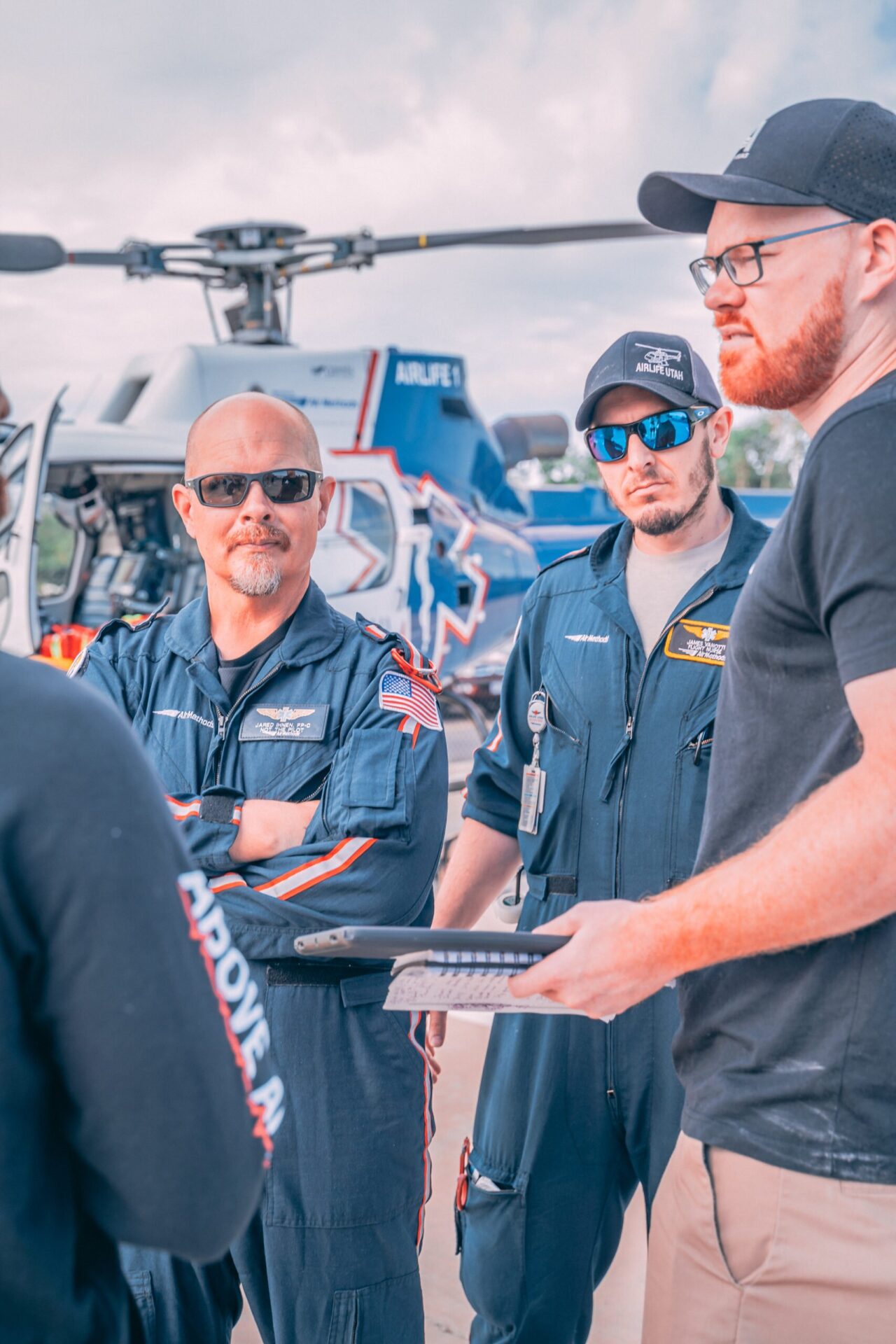A Wing Visuals - Python IDE For Developers
For anyone who works with Python code, finding the right tool to help you write, fix, and test your programs can feel pretty important. It's almost like choosing the right brush for a painter; the tool really does make a difference in how smoothly your work comes together. When we think about "a wing visuals" in the context of coding, it often comes down to how clearly you can see your code, how easily you can make changes, and how quickly you can spot problems.
There are a few different versions of Wing software, each with its own focus, you know? From a very simple version meant for folks just starting out, to more full-featured options that serious programmers might use. Each one has its own way of helping you get your code projects done, whether you're just dabbling or building something quite complex.
We're going to take a closer look at what these different Wing tools offer, especially focusing on how they help you see and interact with your code, which is really what "a wing visuals" is all about in this setting. We'll explore the various editions and how they might fit what you're trying to achieve with your Python work, so.
Table of Contents
- What is "a Wing Visuals" All About?
- Getting Started with Wing 101 for "a wing visuals"
- How Do More Advanced "a Wing Visuals" Come Into Play?
- Exploring Wing's Core Capabilities for "a wing visuals"
- What's New in "a Wing Visuals" with Recent Updates?
- Wing 11's Latest Offerings for "a wing visuals"
- Wing 10's Python 3.12 and 3.13 Support for "a wing visuals"
- Can "a Wing Visuals" Help with Remote Work?
- Connecting to Distant Systems for "a wing visuals"
What is "a Wing Visuals" All About?
When we talk about "a wing visuals" in the context of a programming tool, we're really thinking about how the software helps you see and understand your code. It's about making the process of writing, checking, and fixing your Python programs a bit clearer and easier to manage. For instance, a good visual setup can make it simpler to spot where a piece of code starts and ends, or how different parts of your program fit together. This is quite important for beginners, as a matter of fact.
Wing 101, for example, is presented as a very straightforward option. It's free, which is a big plus for people just starting their coding adventure. It provides a basic editor, which means you get a place to type your code without too many distractions. This kind of simplicity can be quite helpful when you're first learning, you know, because it lets you focus on the code itself rather than on learning a complex tool at the same time.
The idea of a "minimalist debugger" also plays into "a wing visuals" for beginners. A debugger is a tool that helps you step through your code line by line to find mistakes. A minimalist one means it shows you just what you need to see, without overwhelming you with too many options or details. This can make the process of finding and fixing problems much less intimidating, honestly. And then there's the simple search feature, which lets you quickly find specific words or phrases in your code, which is something you'll use all the time, apparently.
Getting Started with Wing 101 for "a wing visuals"
Wing 101 is designed with new Python programmers in mind. It's a free piece of software, which is a really nice starting point for anyone looking to try their hand at coding without having to spend money. The tool offers a very basic spot for writing your code, which is great for keeping things uncomplicated. This simple approach helps you concentrate on the actual Python language itself, without getting lost in a bunch of extra features, that.
When it comes to finding mistakes in your code, Wing 101 has what's called a "minimalist debugger." This means the part of the tool that helps you figure out why your program isn't working gives you just the bare essentials. It shows you what's happening in your code step by step, but it doesn't throw a lot of complicated information at you. This makes the whole process of fixing bugs a little less scary for someone new to programming, you know, making "a wing visuals" of the debugging process quite clear.
And for those times you need to find something specific in your written program, there's a simple search function. This feature lets you look for words or bits of code quickly, which is something you'll use a lot as your programs get bigger. It's all about making the initial steps into coding as smooth as possible, giving you just enough visual help to get going without feeling swamped, essentially. So, for basic "a wing visuals," Wing 101 really does keep it light and focused.
How Do More Advanced "a Wing Visuals" Come Into Play?
Moving beyond the basic version, the more complete Wing tools offer a richer experience for how you see and work with your code. These versions bring in a whole collection of features that help with more involved programming tasks. It's like going from a simple drawing pad to a full art studio; you get more options and better ways to shape your creations. This is where "a wing visuals" really starts to show its depth for more experienced coders, you know.
These fuller versions include very capable editing features. This means not just typing your code, but also tools that help you write faster, organize your thoughts, and keep your code looking neat. Then there's "code intelligence," which is a fancy way of saying the software helps you by suggesting code as you type, or by pointing out errors before you even run your program. This kind of visual feedback as you write is incredibly useful, apparently.
Refactoring is another big one. This is about making big changes to your code's structure without breaking anything. The tool helps you move things around safely, which is a huge time-saver and reduces the chances of introducing new problems. Debugging becomes more powerful, letting you examine your program in much greater detail when things go wrong. And then there's project management, which helps you keep all the different files and parts of a bigger coding effort organized. All these elements contribute to a more comprehensive "a wing visuals" experience, helping you keep track of even complex projects, basically.
Exploring Wing's Core Capabilities for "a wing visuals"
When you look at the more capable versions of Wing, you find a set of tools that truly help you manage your Python code with a lot more finesse. These tools are all about making the visual aspects of coding clearer and more interactive. For example, the editing capabilities are quite strong. This means you can do more than just type; the editor helps you format your code, find and replace things in smart ways, and generally keep your programming workspace tidy, so.
Then there's what's called "code intelligence." This is where the tool tries to understand your code as you write it. It can offer suggestions for what to type next, which saves you from remembering every little detail. It also helps spot potential problems or typos right away, giving you instant visual cues that something might be off. This kind of immediate feedback is really valuable for maintaining the quality of your work, honestly, and it certainly helps with "a wing visuals" of your code's correctness.
The ability to refactor your code is another significant feature. Refactoring means changing the internal structure of your code without changing how it actually works from the outside. The Wing tool helps you do this safely, perhaps renaming a variable everywhere it appears or moving a function to a different file, all while making sure nothing breaks. This is a very powerful way to keep your code organized and easy to work with over time, you know, and the visual support for these changes is key.
Debugging in these versions is also quite robust. When your program isn't doing what you expect, the debugger lets you step through it line by line, inspect values, and understand the flow of execution. This visual step-by-step process is essential for finding those tricky bugs. And for larger projects, the project management features help you keep all your files, settings, and different parts of your software in order. Unit testing support means you can write small tests for individual parts of your code and run them directly within the environment, getting clear visual results on what's working and what isn't, which is quite useful for "a wing visuals" of your code's reliability.
What's New in "a Wing Visuals" with Recent Updates?
Software, just like anything else, gets updated over time, and Wing is no different. These updates often bring new capabilities that can change how you interact with your code, offering fresh ways to approach your work. It's like getting new lenses for your glasses; suddenly, things you looked at before might appear clearer or show new details. These new versions really do impact "a wing visuals" by adding new ways to interact with and understand your code, you know.
Wing 11, for example, is a newer big release that brings some pretty interesting things to the table. One of the main highlights is its improved help with development that uses artificial intelligence. This means the tool might offer smarter suggestions or assist you in ways that feel more intuitive, making your coding experience a little smoother. This kind of smart assistance can really change the feel of "a wing visuals" as you write, apparently.
There's also new support for something called the "uv package manager." This is a tool that helps you handle all the different bits of code, or "packages," that your Python projects might need. Having this support built in means a more streamlined way of getting all your project's dependencies in order. Plus, there's better analysis of your Python code, which means the tool is even better at spotting potential issues or suggesting ways to improve your code's quality. All these things contribute to a more advanced and helpful "a wing visuals" experience, basically.
Wing 11's Latest Offerings for "a wing visuals"
Wing 11 is the newest big release, and it brings some quite interesting changes to how you might work with your Python code. It's available as an early look version right now, meaning people can try it out before its full release. A significant part of this update is the improved assistance for development that relies on artificial intelligence. This means the tool is getting smarter about helping you write code, perhaps by offering more accurate suggestions or even helping you understand complex parts of your program, so.
Another important addition is its support for the "uv package manager." This is a relatively new way to manage all the external pieces of code that your Python project might use. Having this directly supported within Wing 11 means you can handle your project's dependencies more efficiently, making the setup process a bit smoother. This definitely impacts "a wing visuals" by making your project's structure and required components clearer.
Furthermore, Wing 11 offers improved analysis of Python code. This means the tool is better at looking at your code and giving you insights. It might point out areas where your code could be more efficient, or where there might be hidden problems that are hard to spot with just your eyes. This kind of deeper insight really helps you refine your work and maintain a high level of code quality, you know, adding another layer to "a wing visuals" for code health.
Wing 10's Python 3.12 and 3.13 Support for "a wing visuals"
Before Wing 11 came along, Wing 10 brought its own set of important updates, especially when it came to keeping up with the newest versions of Python itself. It added support for Python 3.12 and 3.13, which means you can use the very latest features of the Python language within the Wing environment. This is pretty important because Python is always getting new capabilities, and your development tool needs to keep pace, apparently.
One of the notable improvements in Wing 10 is faster debugging, thanks to something called PEP 669. This is a technical detail about how Python monitors running programs, and with this new approach, debugging becomes quicker and has less of an impact on your program's performance. For "a wing visuals" of your code's execution, this means you can step through your program more smoothly and see what's happening without slowdowns, which is really helpful when you're trying to find a stubborn bug.
Another feature added in Wing 10 is support for PEP 695. This relates to something called "parameterized classes, functions, and methods." In simpler terms, it allows Python programmers to write code that is more flexible and reusable by defining types in a more advanced way. Wing 10 helps you work with these new language features, making sure your "a wing visuals" of your code remains clear even when using these newer, more complex constructs, so. It ensures that the tool understands and displays these modern Python elements correctly.
Can "a Wing Visuals" Help with Remote Work?
In today's interconnected world, many programmers don't just work on code stored on their own computer. Sometimes, the code lives on a different machine, perhaps a server far away, or even in a cloud environment. This is where the ability to connect to remote systems becomes very useful. "A wing visuals" can definitely extend to these distant locations, helping you work as if the code were right there on your desk, you know.
Wing offers a couple of ways to handle this. You can either use the command line tools you already use outside of Wing to make these connections. This means if you're comfortable with a particular way of logging into a remote server from your computer's terminal, Wing can work with that existing setup. It's a flexible approach that lets you stick with what you know, basically.
Alternatively, Wing has its own built-in way to manage secure connections, using something called SSH. SSH is a standard way to securely connect to remote computers. Having this built into Wing means you might not need to open a separate terminal window or use other programs to get to your distant code. This can make the process of accessing and working on remote projects feel more integrated and streamlined, which is quite nice for maintaining a consistent "a wing visuals" experience, apparently.
Connecting to Distant Systems for "a wing visuals"
Working with code that isn't on your own computer can sometimes feel a little tricky, but Wing offers ways to make it smoother. When your Python project lives on a server somewhere else, perhaps in a data center or on a different machine in your office, Wing helps you get to it. This means your "a wing visuals" of the code can still be clear and interactive, even when the files are far away, so.
One option is to use the same command line tools that you already use to connect to these remote systems. If you're used to typing specific commands into your computer's terminal to log into a server, Wing can simply use those existing methods. This is pretty convenient because you don't have to learn a whole new way to connect; you just tell Wing to use your familiar setup. It's like having Wing work alongside your usual remote access routine, essentially.
The other choice is to use Wing's own built-in way of making secure connections. This uses a standard called SSH, which is a very common and safe method for getting into remote computers. With Wing's own SSH feature, you can manage your secure connections directly from within the software. This can make the process feel a little more seamless, as you don't have to switch between different applications to access your distant code. It helps keep your focus on your programming work, providing a consistent "a wing visuals" no matter where your files are stored, you know.
This discussion has explored the various editions of Wing, from the simplified Wing 101 for new coders to the more advanced capabilities of Wing 10 and 11, detailing how each version supports and enhances the visual experience of working with Python code, including its remote connectivity options.

Photography - A-Wing Visuals

Photography - A-Wing Visuals

Photography - A-Wing Visuals